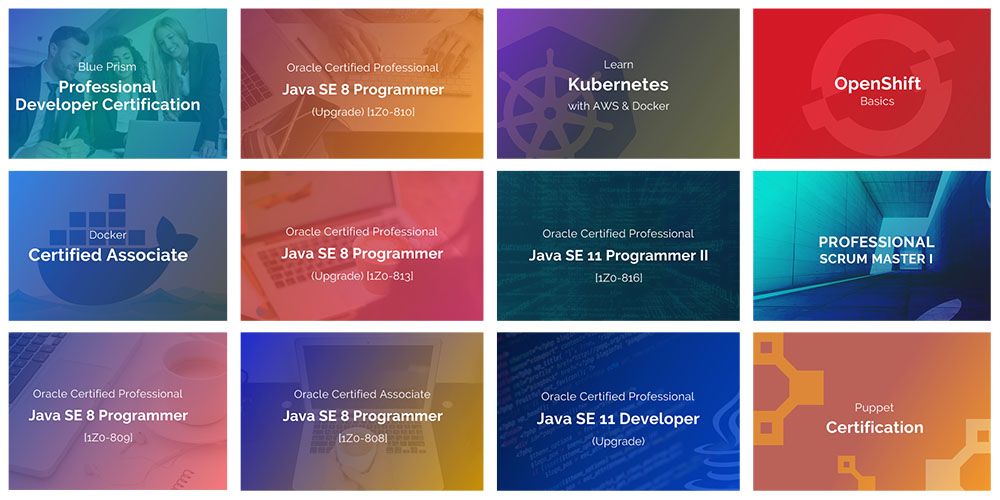LinkedIn is a website for professional networking. When searching for a new job, it’s great to have someone vouch for your skills. Which is where LinkedIn recommendations come in.
In this article, we list some great LinkedIn recommendation examples, and then explain how to write your own LinkedIn recommendation. All of which should help you (and others) secure jobs.
LinkedIn Recommendation Examples
For this article we decided to highlight some LinkedIn recommendation examples by Saikat Basu, who just happens to be a MakeUseOf editor. He’s been working with us for a long time, and he really knows how to write.
For the example seen below, the recommendation is pretty general:
![linkedin recommendation example]()
It’s keeping to surface-level details about the writer’s detail-driven, organizational skills. Our editor also added a personal touch by connecting the candidate’s skills to his own position. He then explains how these skills helped their two roles coincide.
In the next example, our LinkedIn recommendation is specific to the job field of the candidate:
![linkedin recommendation sample]()
Our editor is still talking about the candidate’s soft skills, and how they relate to the person giving the recommendation, but he also mentions the unique hard skills learned by the candidate. One of these skills is an in-depth, regional knowledge of the IT industry.
The specificity of these hard skills can show that a candidate will potentially bring a unique perspective to a company. This is especially true if that company is based in a different geographic region and looking to expand into other markets.
A recommendation like this is good for a candidate looking for a more senior position within their own industry.
Additionally, the candidiate can also use LinkedIn Skill Assessments to stand out. It’s a type of testing system put in place by LinkedIn where you can verify the experience that you state you have.
How to Write a Recommendation on LinkedIn
![how to write a recommendation on linkedin]()
The first thing you need to do when writing a LinkedIn recommendation is draw attention to the candidate you’re recommending. The way you do this is through a snappy first line that reads like a pitch.
If you’ve ever written a pitch before, regardless of the business you’re in, you’ll know that they follow the same basic principles:
- One or two sentences drawing attention to the product or idea.
- Something in those two sentences explaining why the product or idea is helpful, amazing, and unique.
Essentially, you’re trying to catch people’s attention so you can explain to them why they should care. A great example of an opening pitch would be a line from the screenshot below, where our editor says, “The best editor-writer relationships are built on trust.”
![how to write a linkedin recommendation]()
This statement is true, personable, and has the ability to put a manager at ease. After all, a trustworthy dynamic with an employee is something they’re looking for, as well.
Let’s continue to use this example as our guide, and talk about what else you should include in your LinkedIn recommendation.
1. Explain Your Position
When you’re writing a LinkedIn recommendation, it’s important to reinforce your own professional identity. LinkedIn does this automatically by showing your working relationship with the candidate when you post your recommendation to the site.
In this case, the recommendation tells us that our editor managed the writer directly. He also reinforces this dynamic in a positive light by saying “My role in mentoring has been minimal.”
This implies that the candidate is good with directions and taking a proactive approach to her work.
2. Describe Your Connection
![Recommend Someone Through LinkedIn]()
After you reinforce your position, you’ll want to go into detail about your working relationship with the candidate.
In this example, our editor talked about how he was able to take a laid-back approach while the writer sent him pitches. He also talks about the unique ways in which she approached these pitches, which ties into our next talking point.
3. Emphasize Uniqueness as It Relates to the Workplace
When giving a LinkedIn recommendation, make sure you emphasize the ways in which this candidate will be a unique asset to the company.
Yes, the candidate may be competent, but so are thousands of other people. In today’s highly competitive workforce, being competent is sometimes not enough. You often want a person who will help you innovate, too.
Is the candidate great at navigating workplace politics, but also good with grunt work? Do they have a wide variety of hard skills that a person in their position normally doesn’t possess?
Talk about these qualities to make them stand out from a pile of applicants.
4. Talk About Soft Skills
Soft skills—like patience, communication, and a willingness to learn—are the keys to a successful workplace. Hard skills will help with basic tasks, but they can also be “taught.” A good attitude often can’t.
With this in mind, tell recruiters why this candidate would be a great fit for the team. Explain why they’ll fit in with corporate culture by talking about how they fit into yours.
5. Talk About the Candidate’s Personality
Another thing you can talk about if there’s room—although not necessary—is the candidate’s personality. Not the stuff about how they “make the workplace more efficient,” but whether or not they’re generally a fun person to be around.
Does the candidate make people laugh? Are they considerate of other people’s allergies in the lunchroom?
Simple details like this will make them look more like a real person to the hiring manager instead of just a number. It will also give a better idea as to whether or not they’re a good culture fit.
6. Reinforce Your Recommendation With a Positive Statement
![How to Recommend Someone on LinkedIn]()
Lastly, you’ll want to end your LinkedIn recommendation with an affirmation: something that tells people reading your post that they should reach out to this candidate directly, and they can trust in your word.
If we’re using our previous recommendation example, a call to action in this case would be “I would recommend her without any reservations.”
Write a LinkedIn Recommendation
Writing a LinkedIn recommendation can take some time, but with a little structure and a conversational tone, it can become a great way to network. And if you’re lucky, someone may write you a recommendation in the future, as well.
Looking for other ways to network? Here’s how to message LinkedIn Recruiters the right way.
Image Credit: ArturVerkhovetskiy/Depositphotos
Read the full article: 3 LinkedIn Recommendation Examples and How to Write Your Own
Read Full Article



























 PopPower Home is available today exclusively
PopPower Home is available today exclusively 
